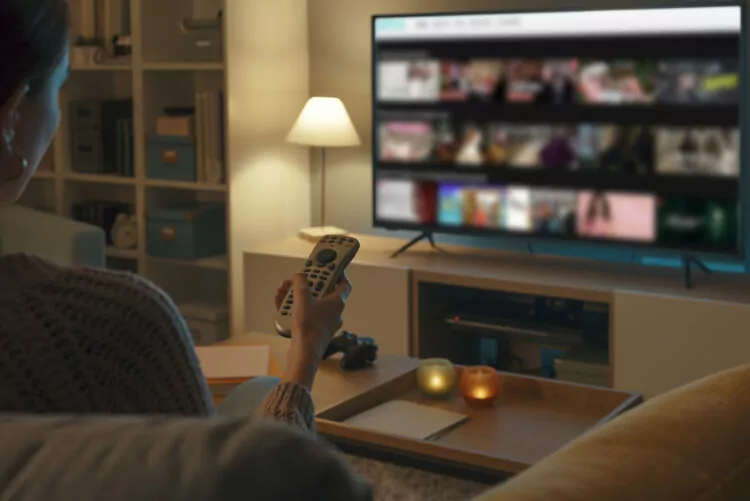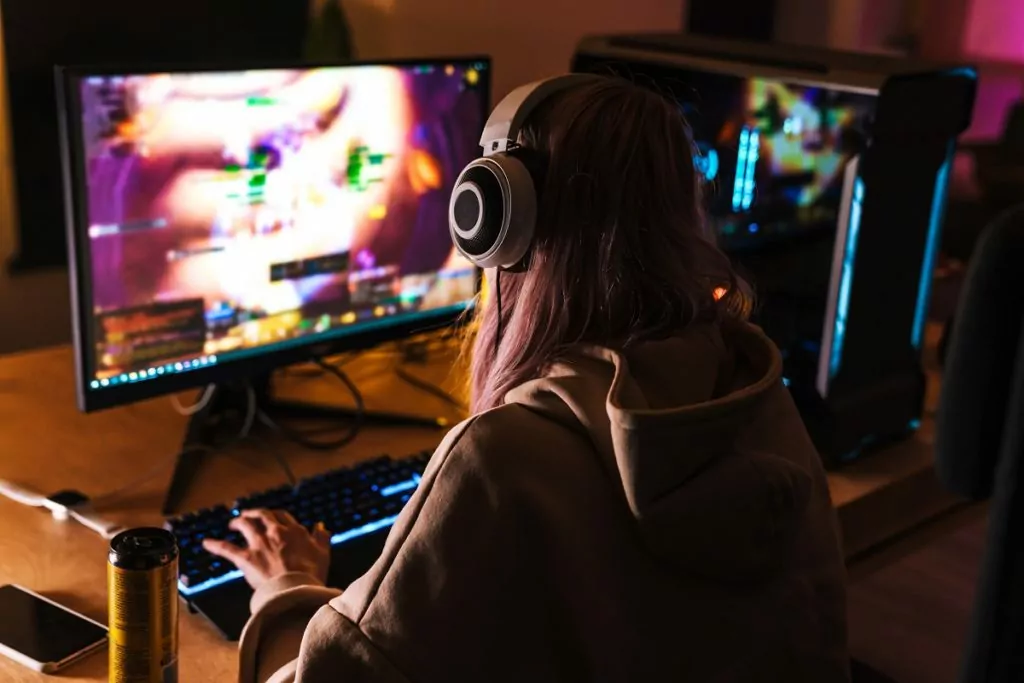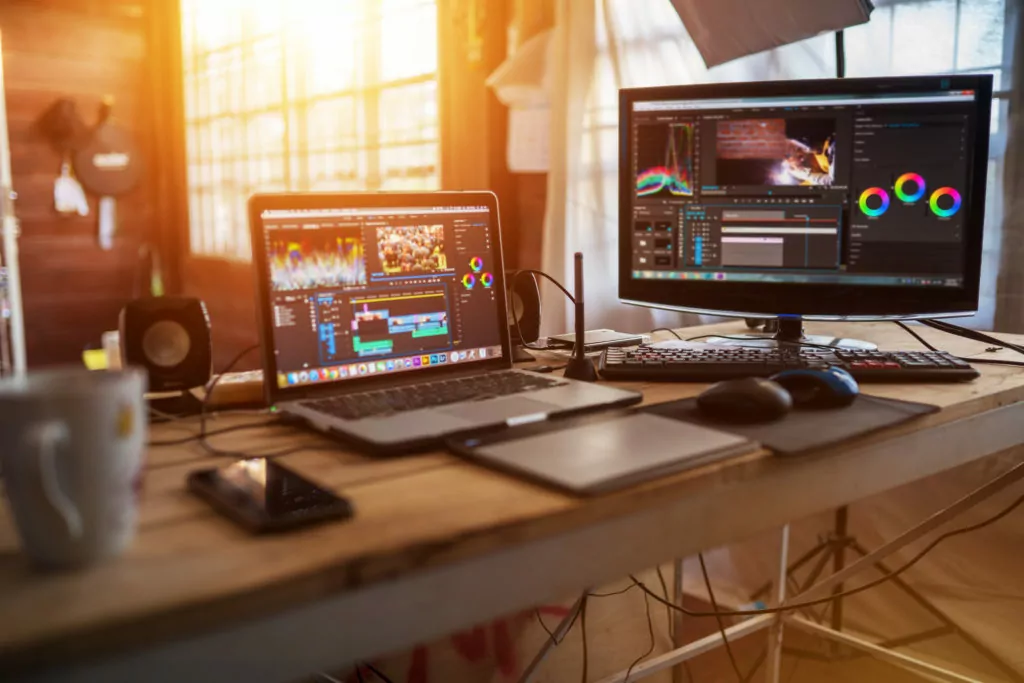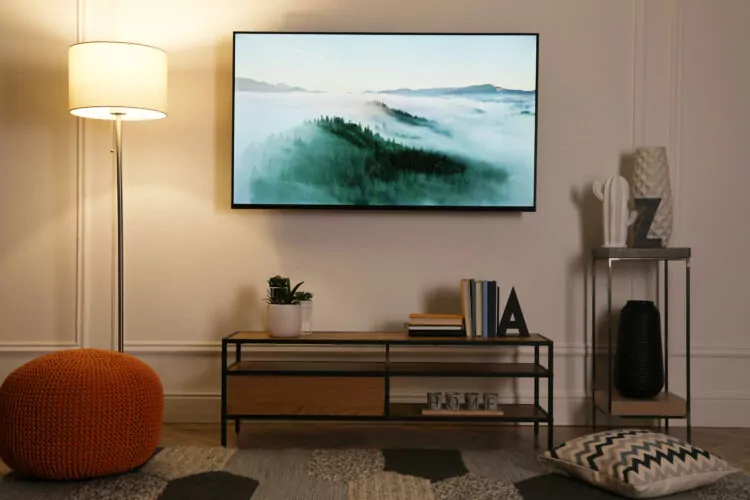Here’s everything about 1920×1080 pixels or 1600×900 pixels being the better resolution for your laptop screen or monitor:
Of the two resolutions, 1920×1080 is the better resolution, as it has more pixels on the screen.
In general, fitting more pixels per square inch into an image improves the clarity of the picture.
This is especially obvious when you are able to zoom in on or scale up an image.
The higher pixel count becomes evident.
So if you want to learn all about whether you should opt for 1920×1080 pixels or 1600×900 pixels, then you’re in the right place.
Keep reading!
- Installed Graphics Card: PC Won’t Boot?
- Intel Graphics Card: Safe to Disable?
- Laptop Has Two Graphics Cards: Why?
- Graphics Card Fan Spinning, No Display: How to Fix?
What Do the Numbers 1920×1080 and 1600×900 Mean?

Resolution refers to the actual number of pixels that are displayed per inch to make up an image on a video screen.
This can apply to modern technology, like smart TVs and laptop screens.
It can apply to older technology, like cathode ray tube televisions.
If the device uses an electric display, that screen has a resolution.
The resolution numbers can describe screens or images. For a screen, there is a physical number of pixels that create images that are displayed (more on this in a bit).
So, the screen has a maximum resolution based on that number.
Manufacturers often promote the maximum resolution of a screen for marketing.
While pixels and resolution numbers mean the same thing for an image, the application is a little different.
In this case, the resolution is describing how many pixels are used to make the image.
So, an image file will tell a screen how many pixels to use to display the picture (or video).
In other words, an image file doesn’t have to use up all of the pixels available on a screen.
In either case, a higher resolution is almost always going to lead to an image that is clearer, and a screen with a higher maximum resolution can display such images to the highest clarity possible.
What Is a Pixel?

Hang on, though.
What is a pixel?
Sure, having more sounds nice, but why?
What does it have to do with screen and image resolutions?
“Pixel” is the term used to describe the smallest piece of an image on a screen.
It goes like this.
What you are seeing, right now as you read this, is an image produced by a bunch of very small lights.
Those lights emit a specific color according to the directions given by the computer (or phone or whatever).
The culmination of all of those lights produces the overall image that you are viewing.
So, a pixel can be pretty small, and by itself, it’s just a type of light.
It’s only in conjunctions with other pixels that you can produce an image.
Here’s another way to think about it.
Any image on a computer screen (or any other screen) is really a mosaic.
The pixel is the individual tile that is used to make the total image.
At the very basic level, it’s easy to understand why higher pixel counts are good.
Try to draw anything with just three dots. It’s not easy.
Try again with 300 dots, and you can make a pretty detailed image.
High-definition computer rendering gets up into millions of dots.
Extremely high-end stuff goes well beyond millions.
Counting the Dots

Ok. Now that you know what a pixel is, what does it mean to have more pixels?
Well, there are a few ways of thinking about it.
With a traditional mosaic, you have to stand away from the piece in order to see the whole image appropriately.
A mosaic with larger tiles requires you to stand farther away.
This kind of applies to screens.
If the pixels are larger, then when you zoom in on the image (or even just get your face closer), you start to lose the contextual picture and instead see little blocks of light.
So, a screen with a higher pixel count often has smaller pixels, leading to images that are easier to see.
But that’s really just the beginning. What most people really care about is the idea of dots per square inch (or per square centimeter).
This is often referred to as the DPI.
The idea here is that having more dots in a given area produces a cleaner, smoother image.
Again, the mosaic example helps to illustrate this idea.
If you can fit more of your tiles into a single square inch (or centimeter), then you have to use smaller tiles.
Assuming your tiles are squares, smaller squares allow you to create smoother curves than larger, blockier squares. While pixels don’t have to be squares, the idea is the same.
Making an image out of smaller pieces gives you more freedom to carefully shape the image on the screen, hence a sense of smoothness.
If you compare images from video games over the years, this all becomes quite clear.
A game made in the 90s is going to have very blocky designs and images.
A high graphics game from this year is incredibly smooth and detailed in comparison.
This is because modern games are able to take advantage of increased pixel counts.
In fact, this is where the concept of a “pixelated” image comes from.
If it’s pixelated, it means you can make out the individual pixels in the image, so it’s probably not very clear.
A higher pixel count also includes more raw information in the image file.
If you’re describing an image with millions of pixels as opposed to thousands of pixels, there’s a lot more digital information encoded into that higher pixel count.
This especially matters when a picture is digitally manipulated.
To keep things simple, if you wanted to blow up an image, having a higher pixel count gives you more ability to do that without distorting the original image.
As an example, extremely high pixel photos let you zoom in to an insane degree.
So, to recap, higher pixel counts put more information into the image, and they allow for smoother images on a screen.
Doing Some Math

Higher pixel counts sound great, but why is 1920×1080 better than 1600×900?
These numbers are directly referencing pixel counts.
This expression is telling you that the image is 1,920 pixels wide and 1,080 pixels tall.
Compare that to the other resolution in question, which is 1,600 pixels wide and 900 pixels tall.
To get a total pixel count, you simply multiply the two together, and that’s it.
A 1920×1080 image has over 2 million pixels.
Conversely, a 1600×900 image has a little less than 1.5 million.
If more pixels lead to a better resolution, 1920×1080 is clearly superior.
Which Resolution Is Better When Comparing 1366×768 and 1920×1080?

When comparing 1366×768 pixels and 1920×1080 pixels as resolutions for your laptop monitor or screen, how does that compare?
1920×1080 is usually better because it has a higher resolution and provides a better image quality.
There are reasons to choose a lower resolution, such as saving computational power.
Many displays allow you to adjust the screen resolution below their maximum, so having a higher maximum resolution gives you more control.
Learn all about the differences between 1920×1080 pixels and 1600×900 pixels and how which is the better resolution for you here.
What Is an Aspect Ratio?

But, why don’t they just put the total pixel count?
Why is it split into two numbers?
This isn’t a conspiracy to get you to do more math.
By presenting the pixel count in this way, manufacturers (or anyone else) are also demonstrating the aspect ratio.
This term is describing the shape of an image.
Have you ever taken a photo or video with a smartphone?
Did you hold the phone vertically or horizontally? Why?
This is touching on the idea of image shape.
It’s not referring to the shape of the things in the image.
It’s referring to the shape of the screen or camera (or another device).
Most screens and cameras are rectangular, and they’re not all built in the same proportions.
This is aspect ratio.
It’s the ratio of a screen’s (or image’s) width compared to its length.
So, a 1920×1080 image would have an aspect ratio of 16:9.
That’s a rectangle that isn’t quite twice as wide as it is tall.
Now, a 1600×900 image also has an aspect ratio of 16:9, but that’s not the only aspect ratio that is possible.
Other common ratios are 4:3, 3:2, and even 1:1.
When you look at a resolution in the two-number format, you get to see the pixel density and the aspect ratio, which can help you determine image quality and compatibility.
If you want to display a 16:9 image on a screen that is 4:3, then parts of the image have to be cropped to make it fit.
This is true for any case where the image and screen have different aspect ratios.
How Much Better Is 1920×1080 Pixels Than 1600×900 Pixels?

We’ve established that 1920×1080 has more pixels.
That makes it a better resolution, but these are still just numbers.
It doesn’t make clear sense what you get out of better pixel counts.
Another way to look at this is with High Definition classifications.
There are some industry standards at play.
A resolution of 1920×1080 is also known as 1080p.
This was once considered the top class of high definition.
Today, it’s closer to standard.
You can compare this to 720p, which is a resolution of 1280×720. Most video streaming platforms will allow you to select 1080p or 720p for streaming (720 tends to pause for buffering less if connection speeds are slow).
In fact, you can go to YouTube (or any other platform) and look at a video in each definition to see if you can detect the difference.
As for 1600×900, it’s right between 720p and 1080p.
Some classify it as 900p, and its total pixel count is almost exactly in the middle of 720p and 1080p.
So, if you can tell a difference between those, you might also notice the difference between 1600×900 and 1920×1080.

